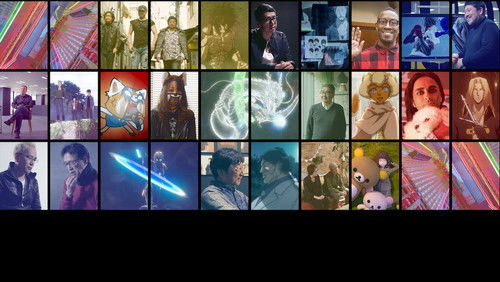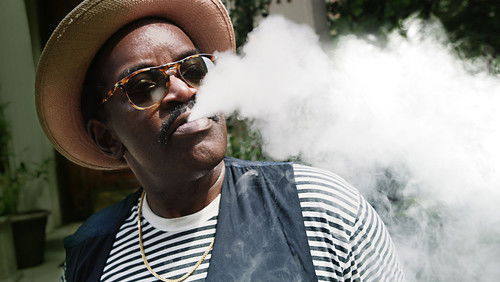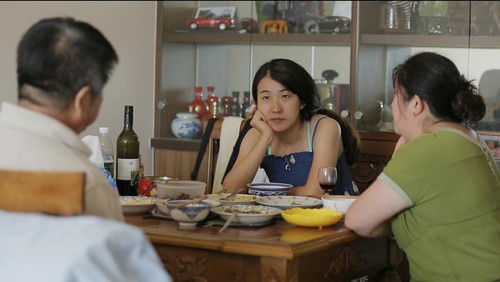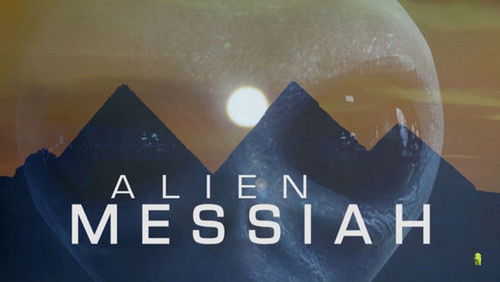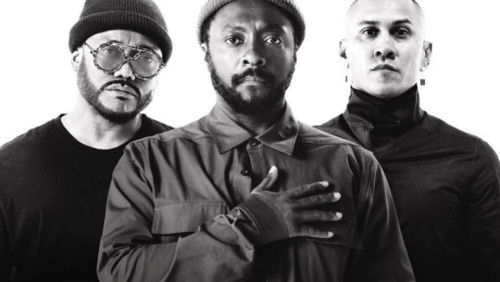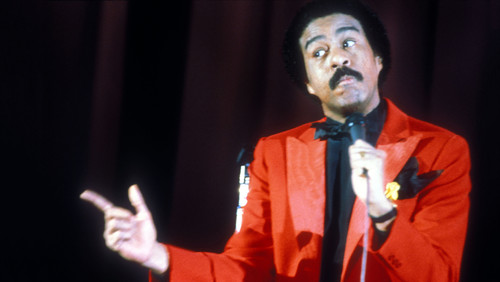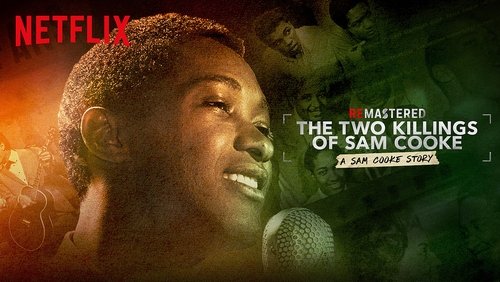43 (2015)
18K43: Directed by Charlie Minn. With Demián Bichir, Anabel Hernández. 43 young male students were abducted from a Mexican college on September 26, 2014. They have yet to resurface. This documentary probes the disturbing event, how it shook a community, and the troubling search for the missing.
“Charlie Minn is like a laser beam. Such is his focus on telling stories about the deaths of innocents, especially Hispanics, and his ability to shine an intense light on those stories. Since 2010, his talents as a documentary filmmaker have illuminated tragedies such as the horrifying murder rate in the Mexican border town of Juarez (u0026quot;8 Murders a Dayu0026quot;) and the still-unsolved 1990 murder of seven people in a New Mexico bowling alley (u0026quot;A Nightmare in Las Crucesu0026quot;, which Minn updated and re-released in 2015). His follow-up to u0026quot;A Nightmare in Las Cruces: Part 2u0026quot; is the story of another unsolved crime, which he examines in his documentary u0026quot;43u0026quot; (NR, 1:22).u003cbr/u003eu003cbr/u003eHereu0026#39;s about all we know for sure: According to Wikipedia, u0026quot;On September 26, 2014, 43 male students from the Ayotzinapa Rural Teachersu0026#39; College went missing in Iguala, Guerrero, Mexico.u0026quot; They were student protesters and the movieu0026#39;s trailer adds: u0026quot;They havenu0026#39;t been seen since.u0026quot; About one of his earlier films, Minn has said, u0026quot;Something has to be done to answer the cries of the innocent Mexican people.u0026quot; In an interview shortly before the limited release of u0026quot;43u0026quot;, he added, u0026quot;You canu0026#39;t solve a problem unless you talk about it intelligently, and so thatu0026#39;s what Iu0026#39;m trying to do with these films.u0026quot; Itu0026#39;s why u0026quot;43u0026quot; exists.u003cbr/u003eu003cbr/u003eMinn tells the story of the 43 students through interviews with their families, government officials and others, video of protests designed to call attention to this case and Minnu0026#39;s own narration and on-scene reporting. The film opens with Minn at the site of one moment of tension between citizens and police on the streets of Mexico, a sign of the unrest resulting from this case. We meet family members who insist that their loved ones are still alive and that government officials know where they are. This sentiment echoes through marches in which people shout, u0026quot;Alive you took them, alive we want them back!u0026quot; The protesters then repeatedly count from 1 to 43 in Spanish as they march. The lyrical quality in some of their chants calls attention to their cause, even as it clearly reminds us of their anger and pain. These are the same emotions we see in the father who quit his job to devote himself completely to searching for his son and the mother who has moved to Ayotzinapa to await her sonu0026#39;s return.u003cbr/u003eu003cbr/u003eThroughout this film, and as he did with u0026quot;A Nightmare in Las Crucesu0026quot;, Minn takes us down several paths in which he offers possible explanations for the disappearance of the 43 and what happened next, but he steers clear of reaching unprovable conclusions. The director-producer deals in facts, allowing the audience to decide which scenario is most plausible and maybe peak their interest enough to investigate further for themselves or even join in the cause of demanding answers. (The filmu0026#39;s website, 43film.com, contains a link which makes it easy for concerned individuals to donate to the families of the 43.) Thereu0026#39;s plenty here for Movie Fans to chew on, whether youu0026#39;re one whou0026#39;s interested in unsolved crimes, human rights in general or the plight of innocent Mexican citizens living in a society thatu0026#39;s too often violent and corrupt. Lending gravitas and background to the film are interviews with Oscar-nominated Mexican actor Demián Bichir, award-winning Mexican journalist Anabel Hernández and Howard Campbell, Professor of Anthropology at the University of Texas at El Paso. Minn also brings into play the larger issue of guns – LEGAL guns in the hands of police – and how those kinds of gun sales by the U.S. government to the Mexican government may make matters worse for ordinary Mexicans.u003cbr/u003eu003cbr/u003eu0026quot;43u0026quot; is effective in its story-telling, powerful in its impact and compelling in its message, but somewhat lacking in the details of its execution. For example, Bichir gives a very good interview, but the film never establishes the importance of his screen time or his relationship (if any) to the events and issues heu0026#39;s discussing. The interview with Hernández is long on passion, but short on facts, while Campbellu0026#39;s interview has the opposite problem. The protest scenes would have benefited from a more clearly established time, place and context. Minnu0026#39;s on screen appearances take us to the people and places that are important to the story, but I found his unusual attire (shorts for a documentary filmmaker?) and wide variety of microphone choices to be distracting. I would have also liked to see some better cinematography and video editing choices and hear better quality audio, both in the interviews and in the audio editing. Some of these problems could be solved with money, which documentarians often lack, but thereu0026#39;s no denying the worth of this project, its interesting presentation or Charlie Minnu0026#39;s passion for social justice, which are the most important aspects of this film. u0026quot;Bu0026quot;”
